Contents
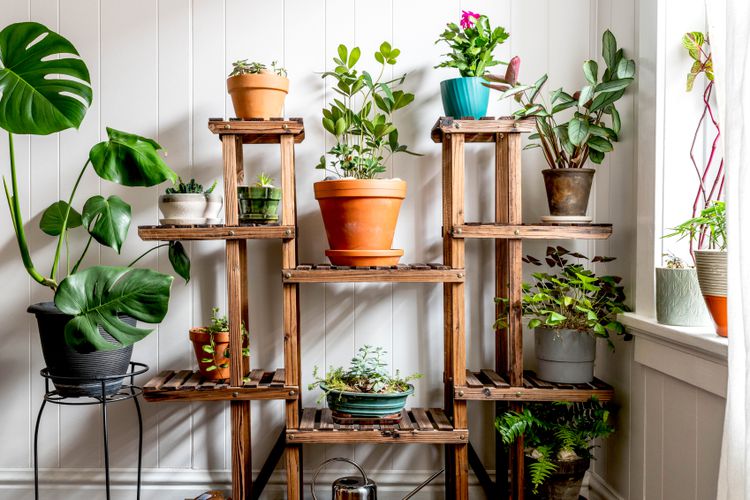
If you lack appropriate outdoor areas yet wish to grow a variety of fresh vegetables, herbs, or other plants, consider establishing an indoor gardening setup. The type of system you choose will depend on your level of ambition, the plants you wish to cultivate, your financial resources, and the space you have. Indoor gardening is particularly well-suited for those living in apartments, for situations where outdoor soil is unsuitable, or for individuals who prefer to avoid the hassle of dealing with weeds and pests.
Discover how to establish a thriving indoor gardening setup with this introductory guide.
What does indoor gardening entail?
Indoor gardening involves cultivating a variety of plants indoors that are usually grown outdoors. This method allows for better control over temperature and other environmental factors, enabling year-round access to vegetables, fruits, herbs, and tropical plants, unlike traditional outdoor gardens where the growing season is dictated by the weather.
Indoor Gardening Plants
Some plants are particularly ideal for indoor cultivation. Among them are:
- Certain vegetables thrive exceptionally well when grown indoors. Among these are carrots, spicy peppers, lettuce, and tomatoes.
- Herbs such as basil, chives, mint, parsley, and thyme thrive when placed in a bright indoor location.
- Shade-loving plants. To establish a low-maintenance tropical oasis in a dimly lit space of your home, consider choosing low-light varieties such as spider plants, snake plants, and specific types of ferns.
- Plants that thrive in humid environments include options such as begonias, ferns, and peace lilies, making them ideal choices for terrariums or for cultivation in a bathroom setting.
Popular Varieties of Indoor Gardening Systems
The choice of an indoor gardening system is influenced by the types of plants you wish to cultivate, your financial constraints, the space you have, and your design preferences. Here are several popular indoor gardening systems to consider.
Ground-Based Systems
Enables you to cultivate your plants in pots using potting soil. This method resembles conventional outdoor gardening and is a cost-effective choice, frequently utilized for growing a herb garden or showcasing a variety of tropical plants.
Hydroponic Growing Systems
Hydroponic gardens enable the cultivation of plants in a water-based environment instead of using soil. This water is enriched with vital nutrients, and may incorporate materials such as perlite, vermiculite, or coconut coir. While the initial investment may be higher compared to conventional soil gardens, hydroponics optimizes space, reduces water usage, and yields rapid growth of healthy, high-quality edible plants.
Aquaponic Systems
Aquaponics resembles hydroponics and offers numerous advantages, yet it is not as commonly adopted. This method incorporates live fish into the water, whose waste is rich in nutrients that promote plant growth. If the idea doesn’t deter you, be ready for a higher initial investment and make sure to choose plant varieties that thrive in this aquatic setting, with leafy greens being a favored choice.
Aeroponic Systems
This sophisticated hydroponic system utilizes a misting technique to deliver nutrient-rich water to the roots of plants that are held in the air, instead of immersing them in water completely. This approach enables plants to take in optimal nutrient levels, fostering rapid growth and substantial harvests. Nonetheless, the setup process can be complex and expensive.
Terrariums
Consider using a glass terrarium if you’re interested in cultivating a variety of plants that thrive in humid conditions while conserving space. You can choose low-maintenance plants that are also aesthetically pleasing. Terrariums are available in numerous sizes and price points, ensuring that there’s an option for every plant lover.
Vertical Gardens
If you’re short on floor or shelf space or looking to enhance a plain wall in your home, consider installing a vertical garden. Choose plants that have comparable care needs, as you’ll be watering them simultaneously.
Tip
A diverse selection of ready-to-use indoor gardening systems can be found at leading stores. These systems often come equipped with convenient features like integrated timers, grow lights, and self-watering systems. By purchasing a complete kit, you can save money compared to buying each component individually, and the assembly process is straightforward.
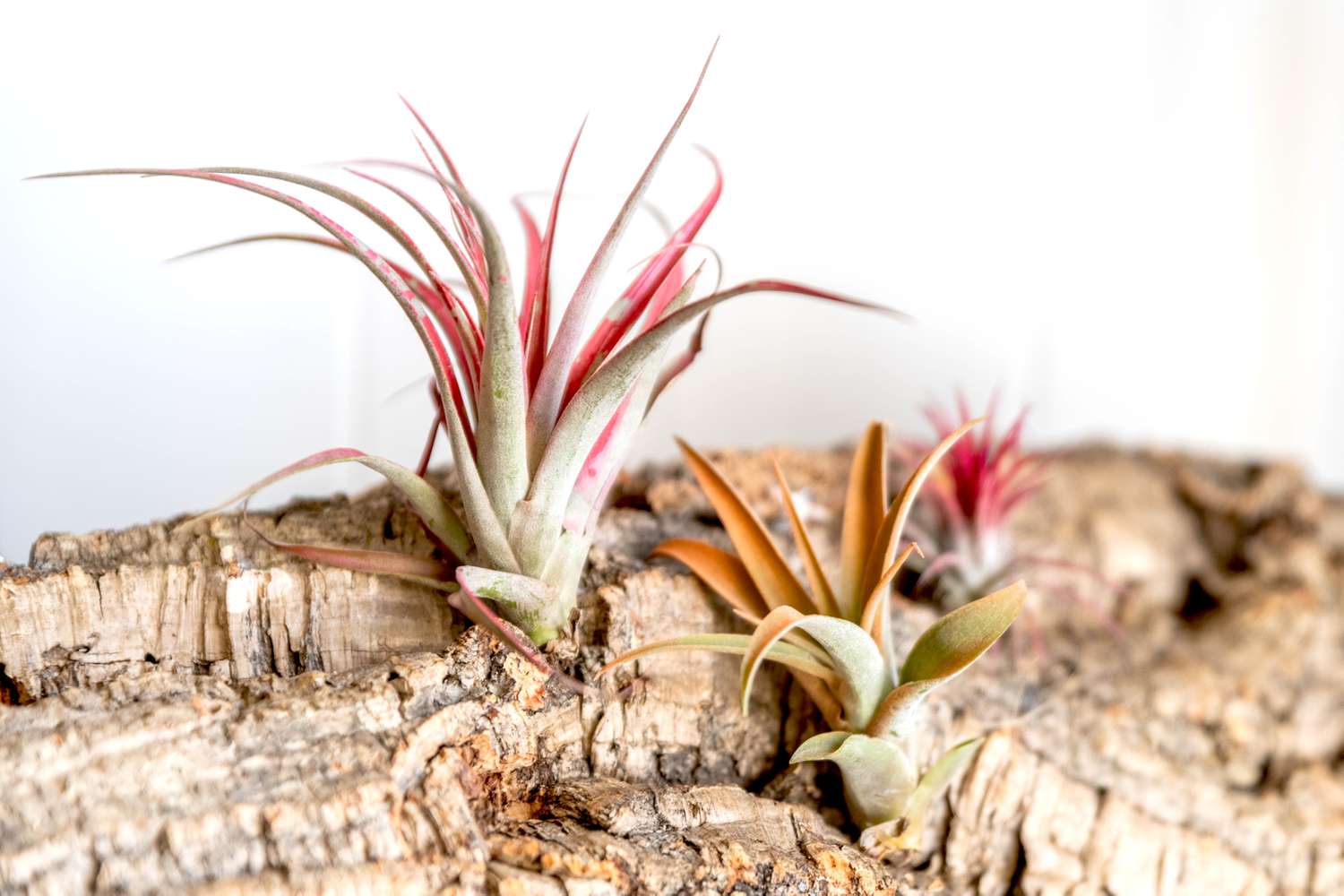
Caring for Indoor Garden Plants
The requirements for your plants can differ based on the specific indoor garden you aim to create and the particular species you choose. Here are some overall guidelines to keep in mind for their maintenance.
Light
The placement of your indoor garden is determined by the light needs of your plants. Indoor plants cannot receive the same level of direct, bright sunlight as those grown outside; sunlight filtering through a window is not as strong as outdoor light. To provide the necessary conditions for sun-loving plants indoors, you might need to use grow lights, especially if your apartment lacks natural light. On the other hand, for plants that thrive in shade, it is important to keep them away from windows.
Soil
If you’re not choosing a hydroponic system or gathering air plants, the optimal way to cultivate your indoor garden is typically in a loose, well-draining potting mix. This mix can be customized based on the plants you’re growing, but it usually includes ingredients like peat moss, vermiculite, and perlite. This blend is effective at quickly absorbing moisture and resists compaction. However, it dries out rapidly, making it unsuitable for plants that thrive on moisture, such as basil.
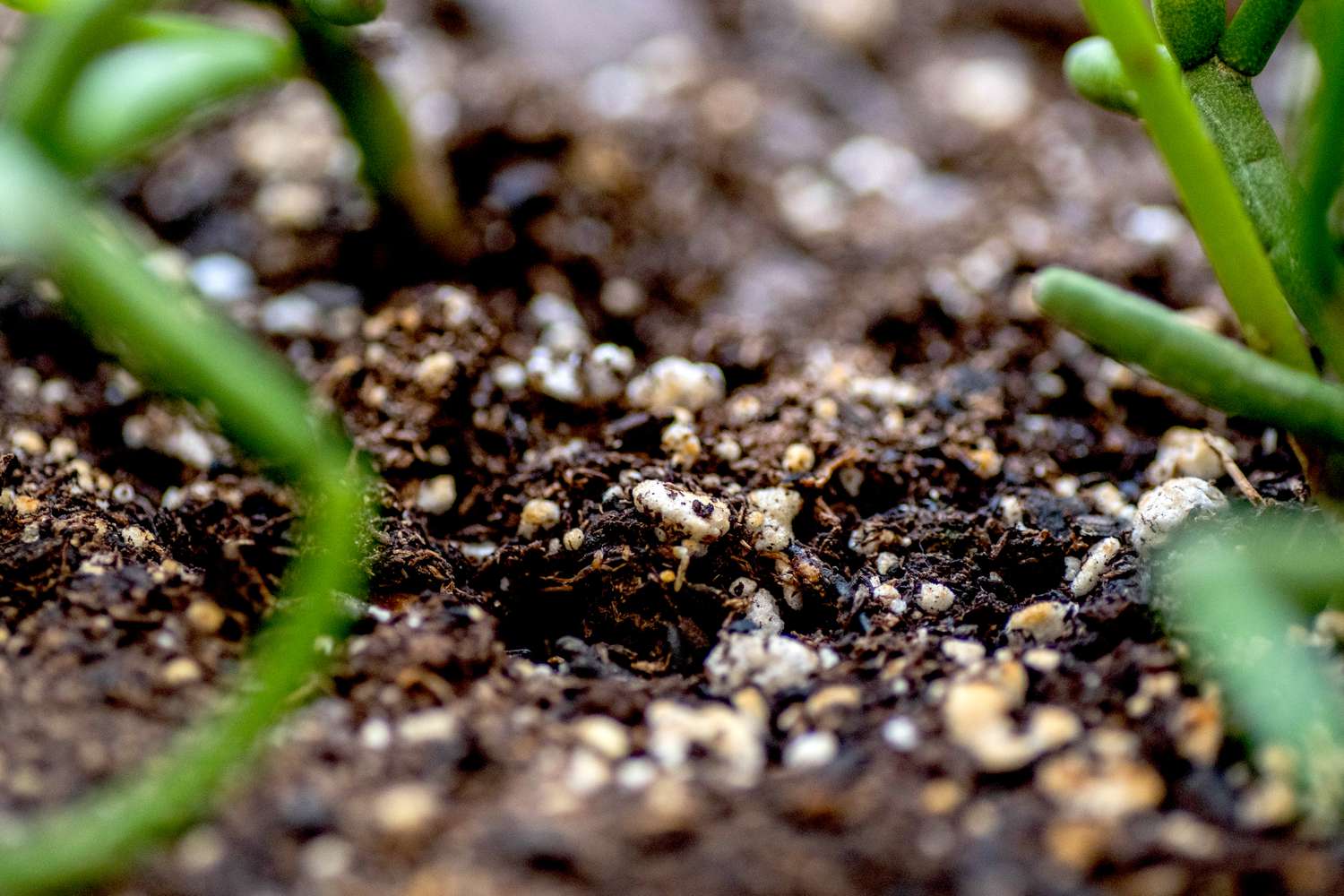
Water
Naturally, each indoor plant has its own specific watering needs. Nonetheless, a prevalent issue in indoor gardening is excessive watering. A significant number of indoor plants succumb to root rot due to this problem.
Always investigate the specific requirements of the plant species you are cultivating. Using water at room temperature for your plants is advisable, as cold tap water may cause them stress.
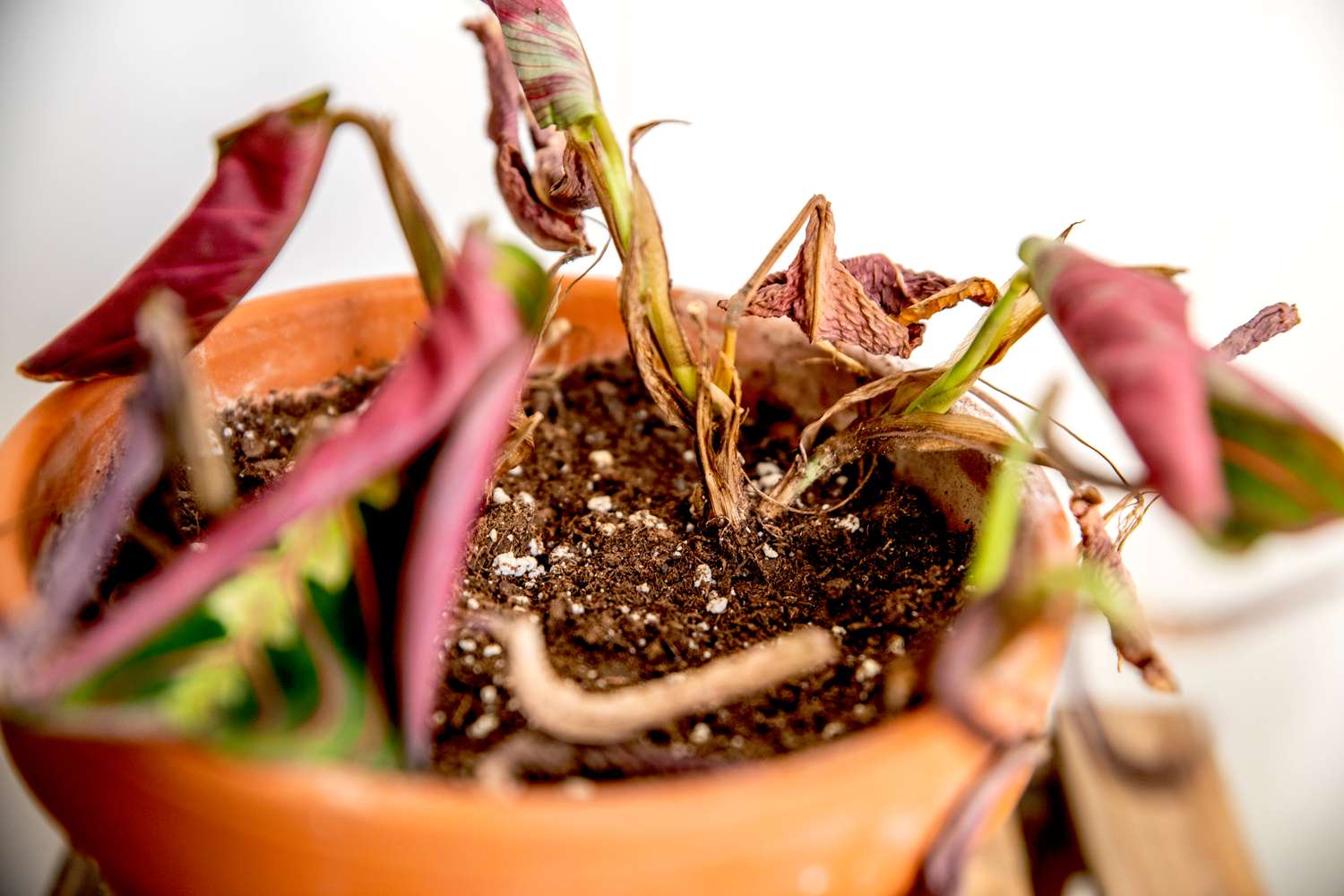
Fertilizer
It’s crucial to provide your indoor garden plants with adequate nutrients to ensure their long-term health and growth. While certain potting mixes come with added nutrients, these will be depleted within a few months. Slow-release fertilizers are a favored option, as they can sustain your plants for several months before needing to be reapplied.
Heat and Moisture Levels
One of the primary advantages of indoor gardening is the ability to regulate temperature and humidity levels within the space. For numerous indoor plants, the optimal humidity is typically between 40 and 60 percent.
For plants that thrive in humid conditions or if your home tends to be dry in winter due to heating, consider getting a humidifier or creating a garden in your bathroom. Alternatively, indoor greenhouses or terrariums can also be a great solution.
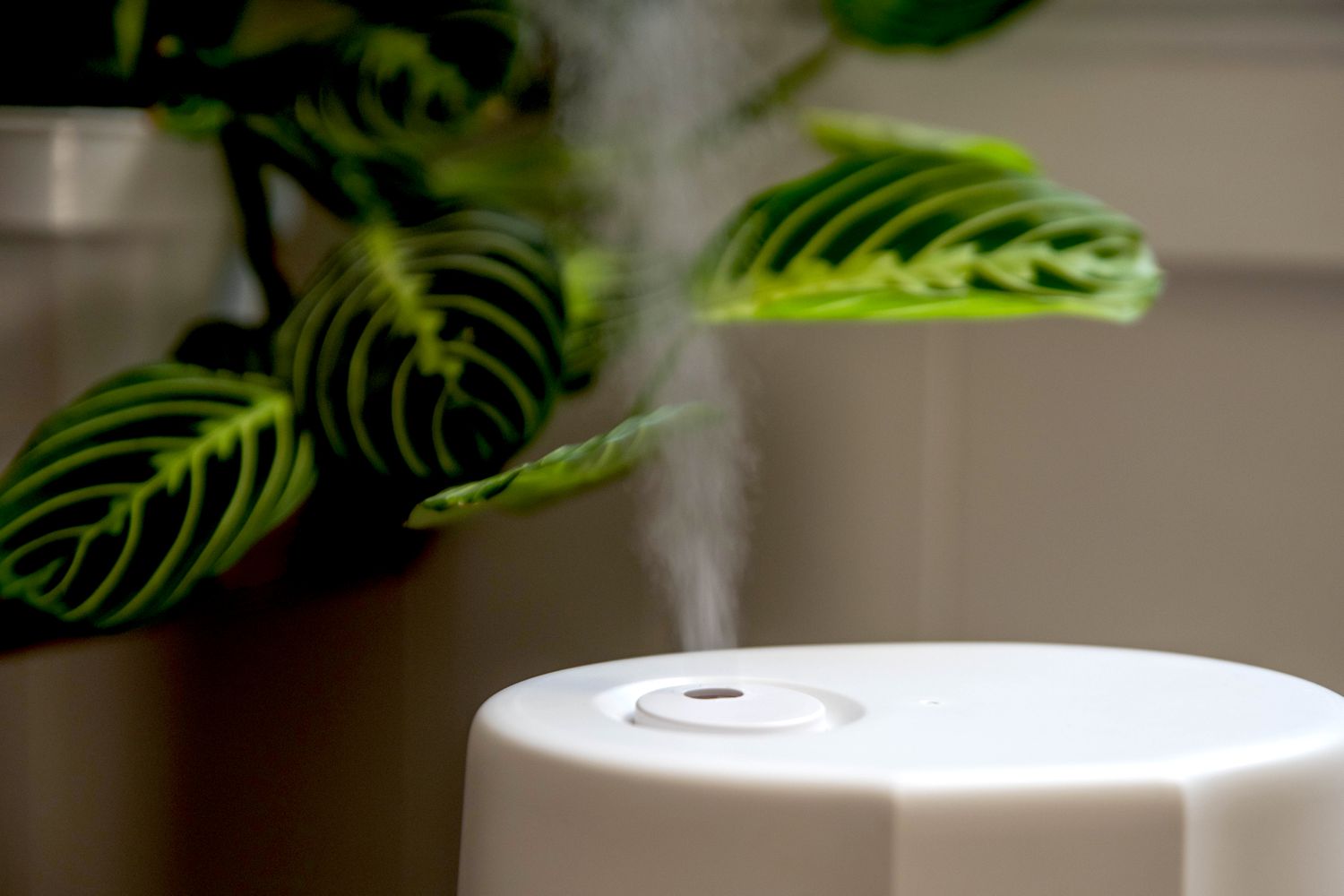
Repotting
Transplanting your indoor garden plants into soil-based systems on a yearly basis, or whenever they start to become root-bound, is essential for their sustained growth and well-being. Ensure that the pot is sufficiently large to accommodate their future growth.


 Tips for Cultivating and Maintaining Firebush
Tips for Cultivating and Maintaining Firebush Creating a Soaker Hose from a Used Garden Hose
Creating a Soaker Hose from a Used Garden Hose Tips for Cultivating and Maintaining American Elderberry
Tips for Cultivating and Maintaining American Elderberry